The purpose of this post is to provide my perspective on the value of figurative art in storytelling. It is important to note that the opinions expressed are solely my own and may not necessarily reflect those of others.
The Power of Figurative Art in Storytelling
Art has been an integral part of human civilization for centuries. It is a medium through which people can express themselves, their ideas, and their emotions. Painters, in particular, have a unique ability to create visually stunning works of art that convey complex messages and ideas.
As a painter, I firmly believe that figurative art is the best medium to tell stories and convey messages.

Decoding the Art World: Navigating the Debate Between Figurative and Abstract Art
The debate over the value of abstract art versus figurative art has been ongoing for decades. Many argue that abstract art is the natural evolution of figurative art, building on the principles of form, color, and composition established by earlier artists. The work of Vasily Kandinsky, in particular, is often cited as an example of how abstract art can be used to translate music into a visual vocabulary, creating interesting and thought-provoking concepts.
While it is true that Kandinsky’s work paved the way for new possibilities in the art world, it can be argued that the subsequent shift towards abstract art has taken modern art down a strange and confusing path. The abandonment of recognizable imagery and form has left many modern artworks without any clear guidelines or rules, leaving the burden of interpretation solely on the spectator. As a result, many viewers are left feeling alienated and confused by these works, struggling to decipher their meaning or significance.
Despite this, it is important to recognize that the value of abstract art is not simply a matter of personal taste or preference. When used effectively, abstract art can be a powerful tool for conveying emotions, ideas, and concepts that cannot be expressed through traditional figurative art. The challenge for contemporary artists is to find a balance between the freedom and innovation that abstract art affords, and the communicative power of figurative art that connects with the viewer on a deeper level.
In my own work as an artist, I have found that figurative art provides a more relatable and accessible means of storytelling. Through the use of recognizable imagery, symbolism, and metaphor, I am able to convey messages and ideas in a way that engages and resonates with viewers. However, I also recognize the value of abstract art in exploring new possibilities and pushing the boundaries of traditional art forms.
Ultimately, the choice between abstract and figurative art comes down to personal preference and artistic vision.
Both approaches have their strengths and weaknesses, and each artist must decide which style best suits their individual goals and message.
The Dark Side of Abstract Art: How Weekend Painters Are Ruining the Art World
Furthermore, in the present day art world, there is an abundance of individuals who pursue art as a casual hobby without investing in the study of color, composition, anatomy, or storytelling.
These amateur artists simply apply paint to canvases in the hopes of generating some additional income without truly understanding the principles and techniques that underpin the creation of compelling works of art.
These amateur artists who dabble in art as a casual hobby and without pursuing enough competence have often turned to abstract art as their weapon of choice. One of the main reasons for this is that abstract art is relatively simple to afford, both in terms of time and resources.
The lack of foundational knowledge of color, composition, and anatomy can lead to works that lack coherence and impact. The absence of a clear message or narrative can also leave viewers feeling disconnected or unengaged with the artwork.
For more information, read this article : the importance of Art in our lives.

My personal choice
To clarify, I have never been drawn entirely to abstract art.
While I can appreciate its beauty and aesthetic value, it simply does not speak to me in the way that figurative art does.
I believe that figurative art, which is grounded in realism and representation, is the most effective way to communicate a message to an audience.
This is why all my work pivots around storytelling.
Storytelling has always been an essential part of human communication. Through stories, we can learn, connect with others, and explore the complexities of the world around us.
As a painter, my goal is to tell stories that inspire, educate, and provoke thought. I use figurative art to create narratives that are both visually stunning and intellectually stimulating.
Two of my stories as an example
The portrait of my grandfather
As an artist, I have had the privilege of using figurative art to tell a variety of stories. Two cases that particularly stand out to me are the story of my grandfather Domenico and the Romeo and Juliet collection.
For the portrait of my grandfather, I wanted to capture his strength, dignity, and wisdom. I carefully selected the colors and composition to convey his personality and the challenges he had faced in his life. The result was a powerful portrait that communicated his life story and the lessons he had learned. This painting not only honored my grandfather’s memory but also served as an inspiration to others who saw it.
In the Romeo and Juliet collection, each painting served as a chapter of the story. I used figurative art to capture the emotion, drama, and tragedy of the famous Shakespearean play.
By using recognizable imagery and symbolism, I was able to convey the complex themes of the play and immerse viewers in the story. The collection became a powerful and emotional journey that resonated with viewers on a deep level.
These two cases demonstrate the power and versatility of figurative art. Whether it is a portrait of a loved one or a series of paintings that tell a story, figurative art can be used to create a connection with viewers and communicate a message that transcends language and culture.

Beyond the Canvas: Creating a Connection with Viewers
Figurative art allows me to create characters, settings, and scenarios that are relatable to viewers. By using recognizable imagery, I can engage viewers on a more personal level and draw them into the story. Whether it is a portrait of a person or a landscape painting, figurative art can convey a sense of familiarity that makes the message more accessible and relatable.
Engaging with Enthusiasts: Alex Righetto Connects with Art Lovers
In this picture, we see Alex Righetto engaged in conversation with a group of people who are deeply interested in his artwork. Righetto's passion and knowledge come through as he discusses the meaning, inspiration, and techniques behind his creations.
Storytelling Through Art: Alex Righetto Engages His Audience
In this picture, we see a group of people gathered around Alex Righetto, listening intently as he shares the stories behind his artwork. Righetto's storytelling brings the art to life, illuminating the emotions, themes, and symbolism behind each piece.
People gather to hear Alex Righetto's fascinating stories about his artwork.
In this picture, we see a group of people gathered around Alex Righetto, listening intently to his captivating stories about his artwork. Righetto uses his deep knowledge and passion for each piece to weave together tales of inspiration, creativity, and meaning.
Awe-Inspiring Art: Reactions to Alex Righetto's Collection
People react with wonder and amazement to Alex Righetto's artwork. Description: In this picture, we see a group of people reacting to the artwork of Alex Righetto. Their faces are filled with wonder and amazement as they take in the beauty and meaning of each piece.
Furthermore, figurative art offers a wealth of symbolism and metaphor that can be used to enhance the message. By carefully selecting the objects, colors, and textures in a painting, I can create layers of meaning that enrich the story and provoke deeper thought.
The symbolism in a painting can be used to explore complex themes such as identity, mortality, and social issues.
Ultimately, my goal as a painter is to create art that resonates with people on a deep level.
Figurative art allows me to do this by using storytelling as a means of communication. By telling stories through painting, I can create a connection with viewers that goes beyond the mere visual experience of the art.
This connection can inspire, educate, and provoke thought, and it is the reason why I choose to work exclusively in figurative art.

Experience the Best of Contemporary Art and Design at Alex Righetto’s Priano Gallery in Tampa, Florida
Alex Righetto’s permanent gallery is situated within the innovative design center, “Priano,” which is located in the vibrant city of Tampa, Florida. Priano is a newly constructed, $10 million facility that caters to the needs of both homeowners and designers by offering a unique and carefully curated collection of interior finishes, appliances, fixtures art pieces.
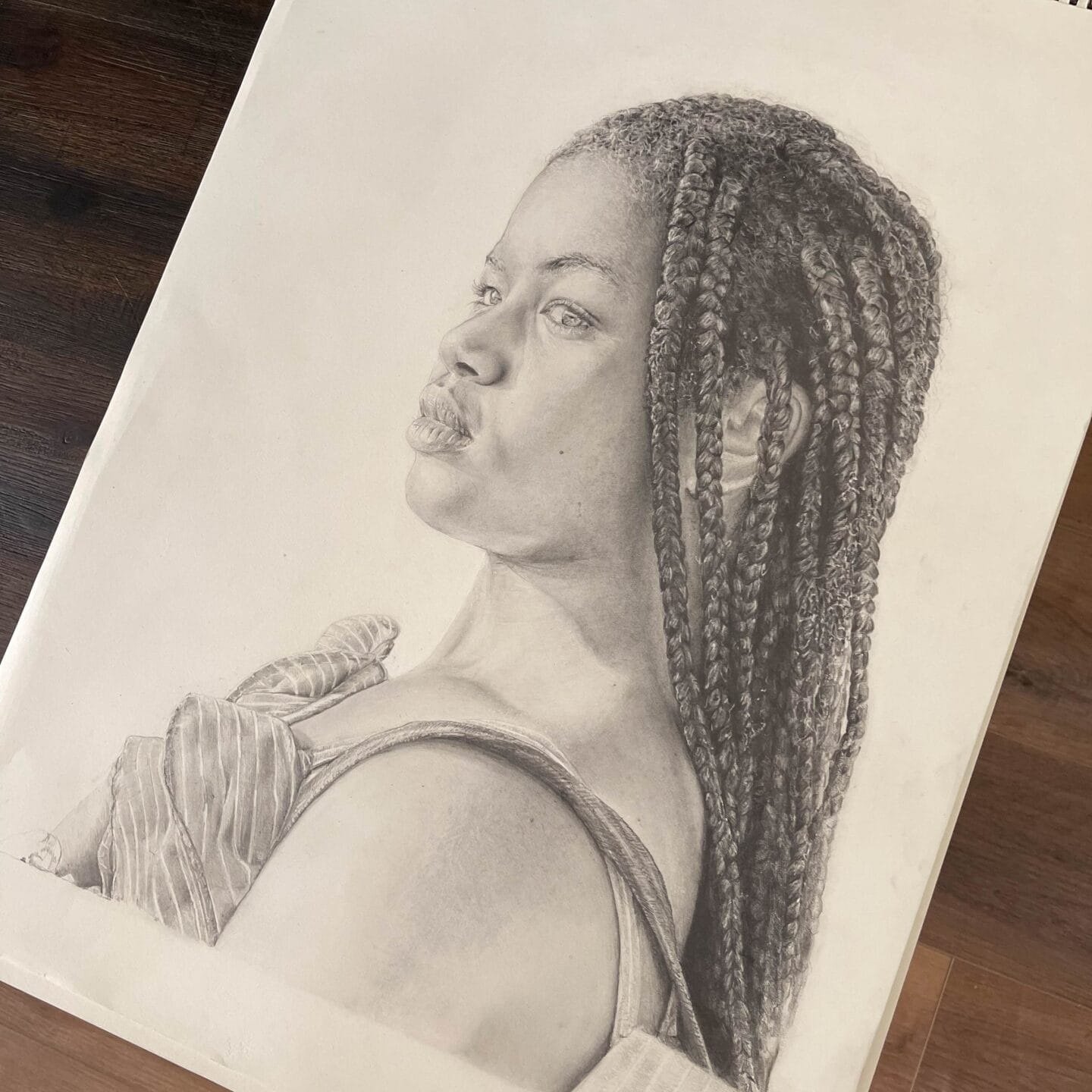
A Painting That Changed My Life
As an artist, I believe that each piece of artwork has the power to convey a unique message and evoke powerful emotions. My personal renaissance came when I painted a portrait of Anastacia.
About the author
Alex Righetto
Alex Righetto is an Italian artist based in the US, known for his vibrant and bold paintings that reinterpret Italian and European history in a contemporary context. His work has been featured in various exhibitions and publications, including Vanity Fair and Vogue
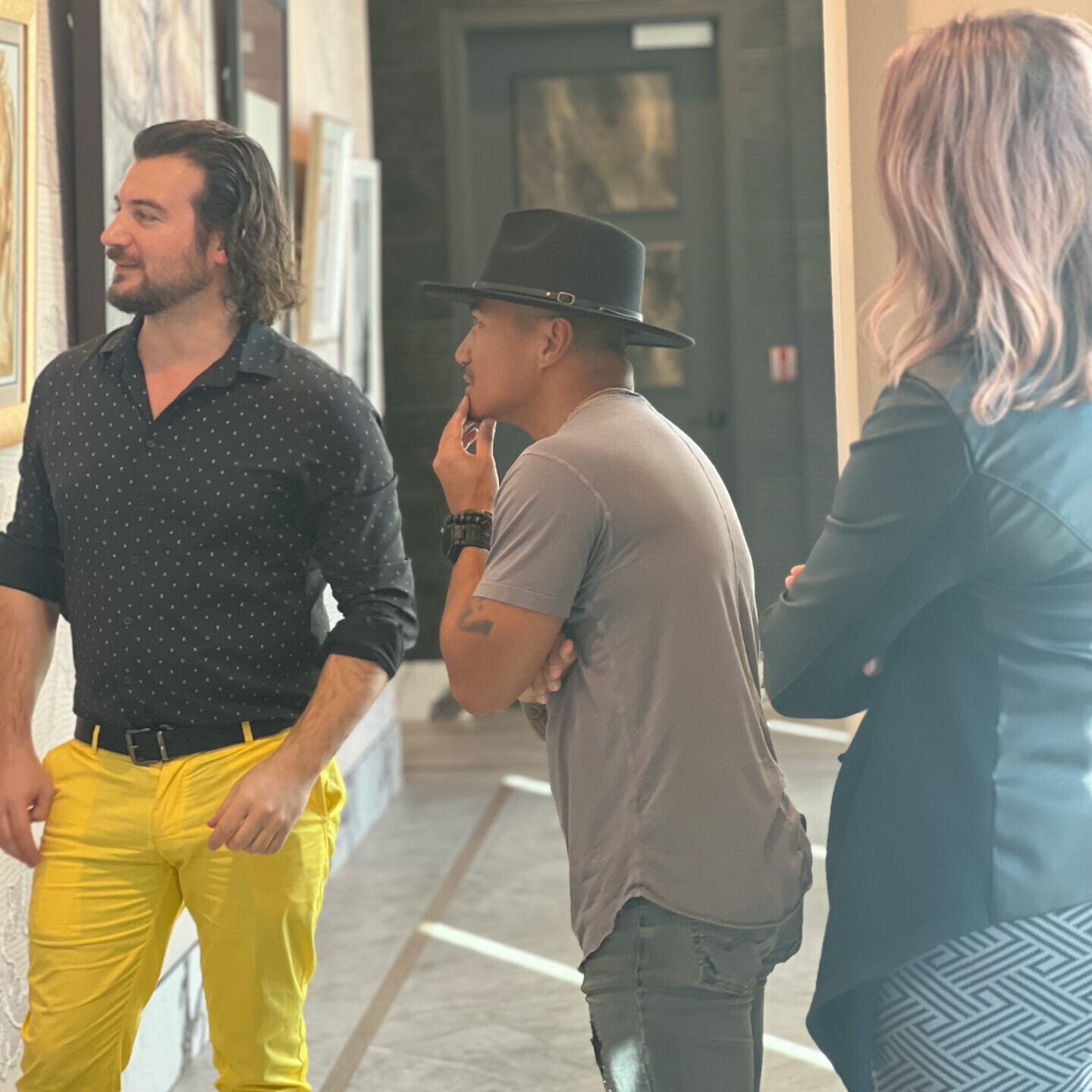
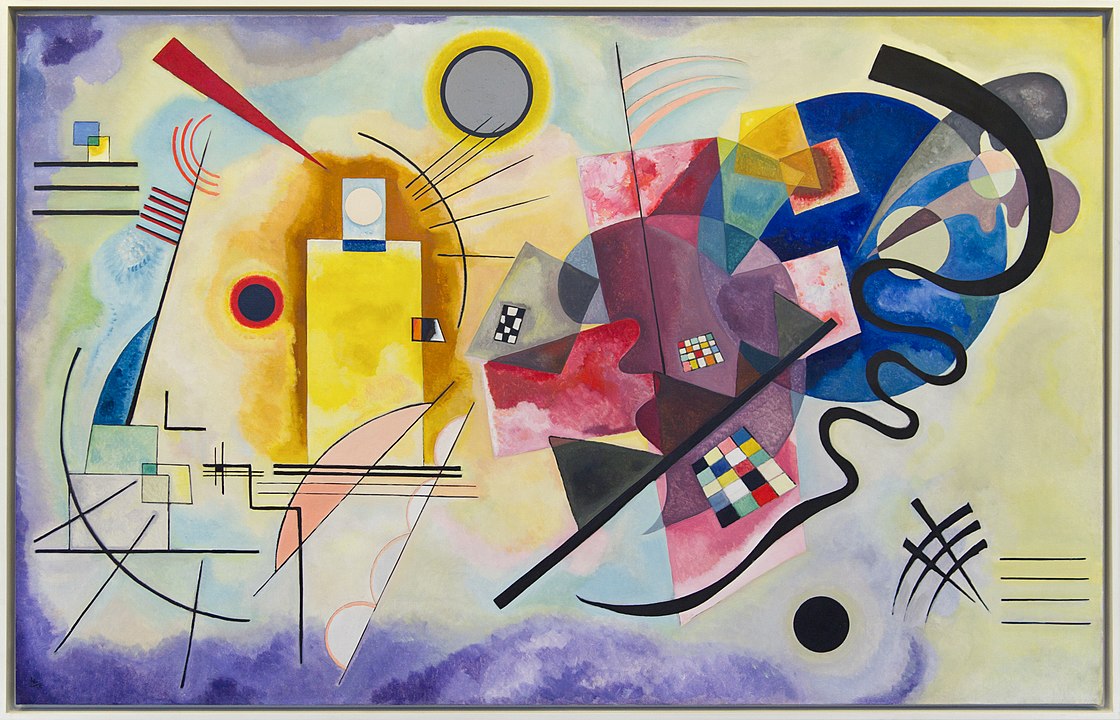
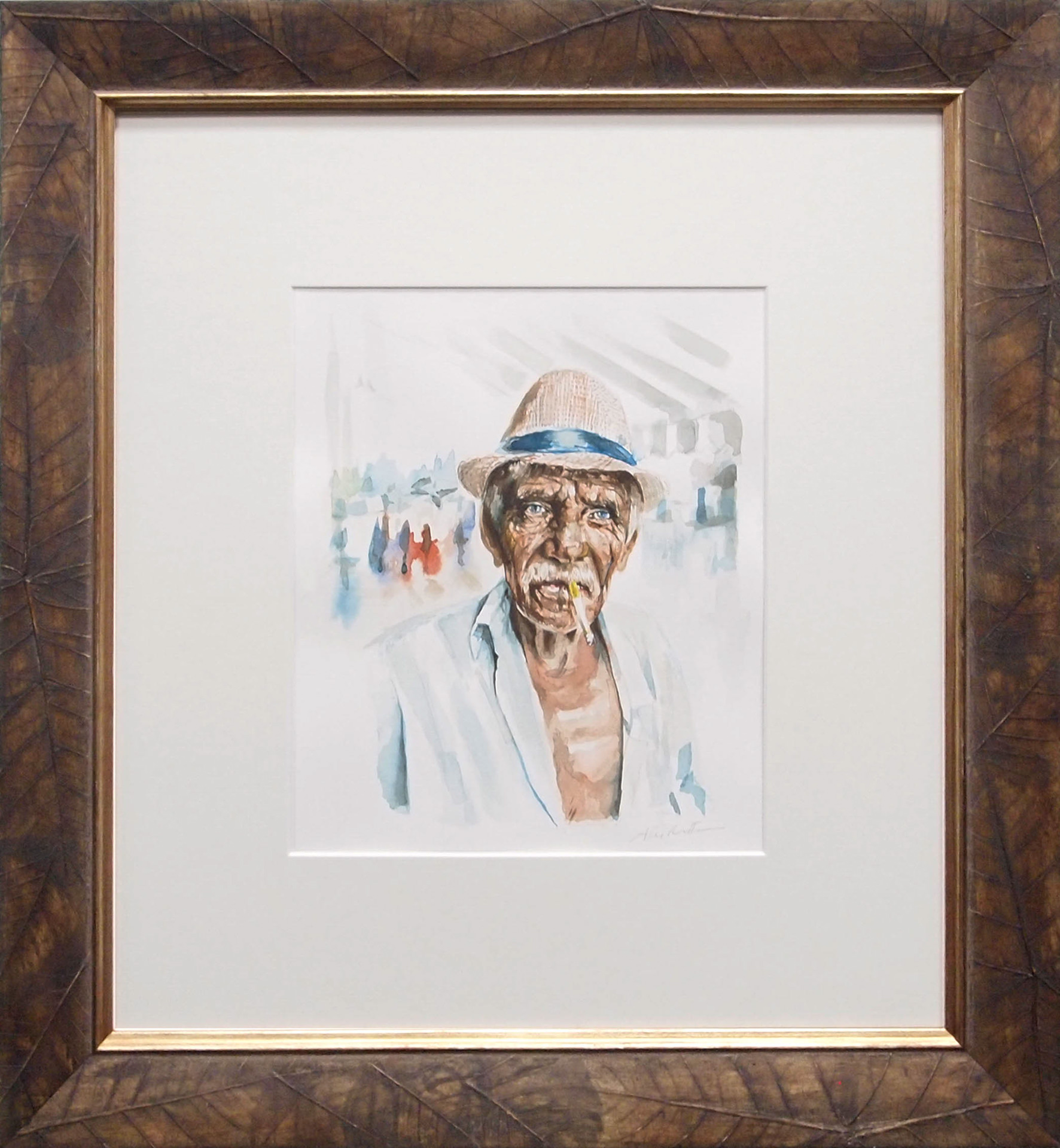
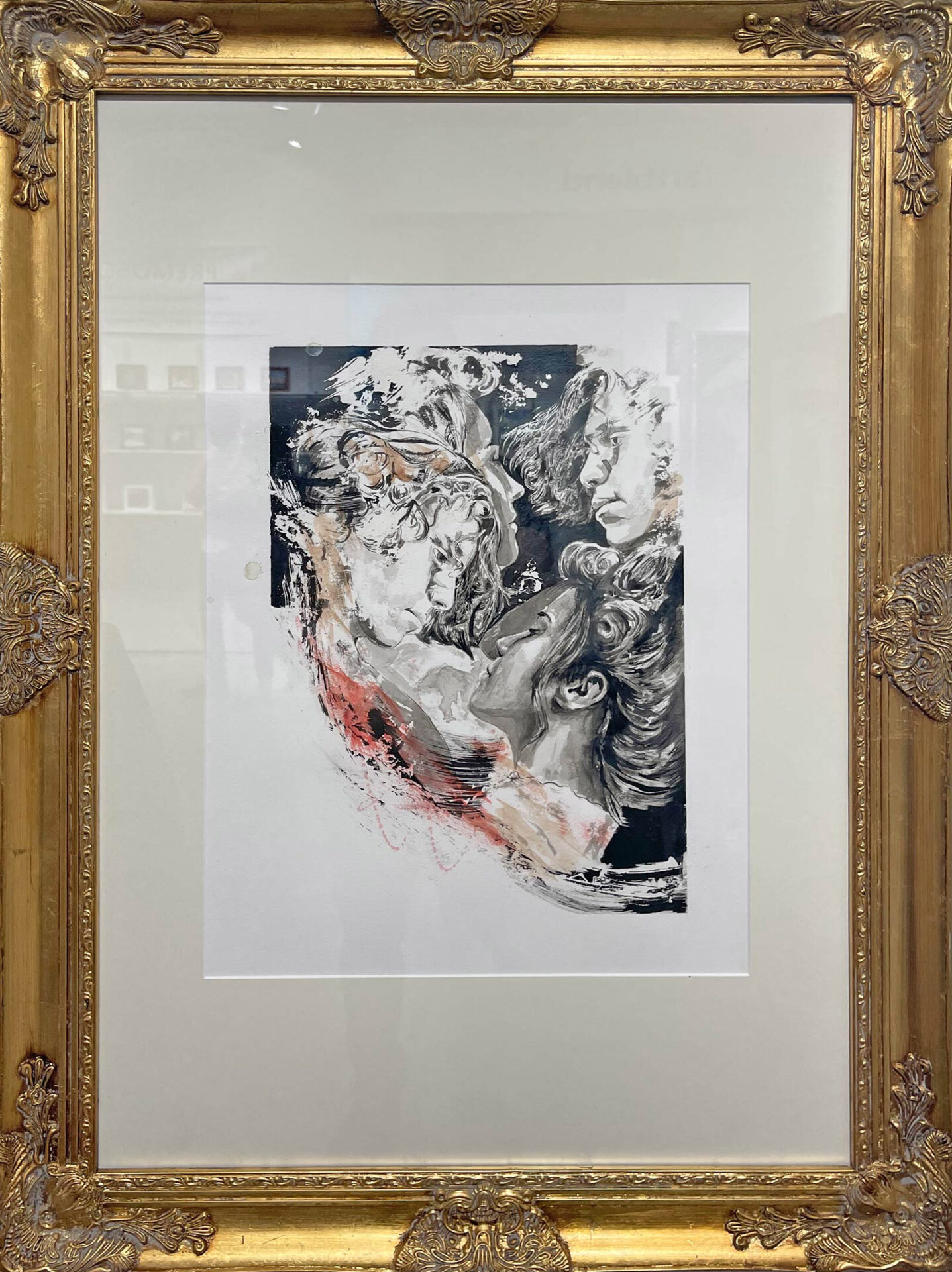
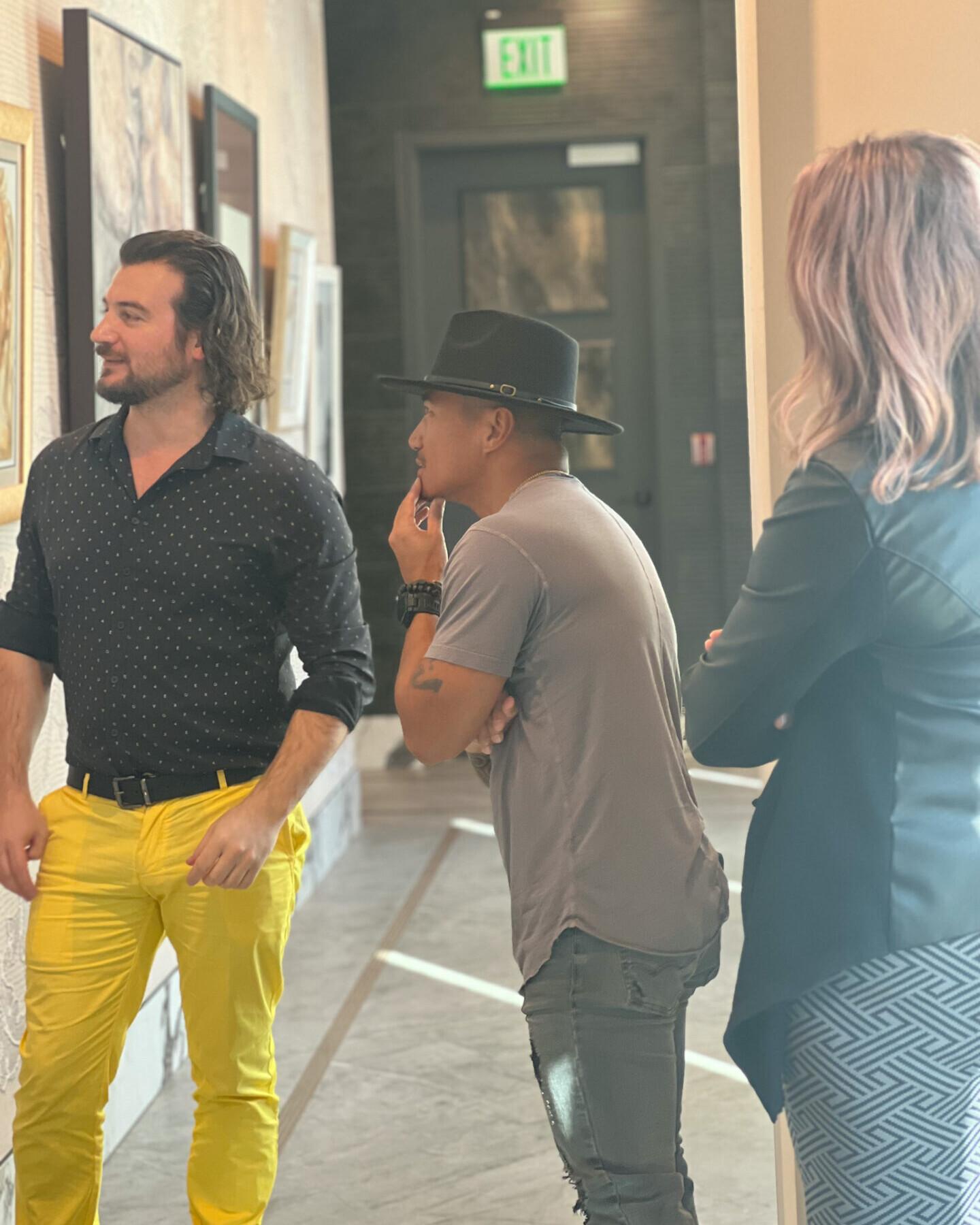



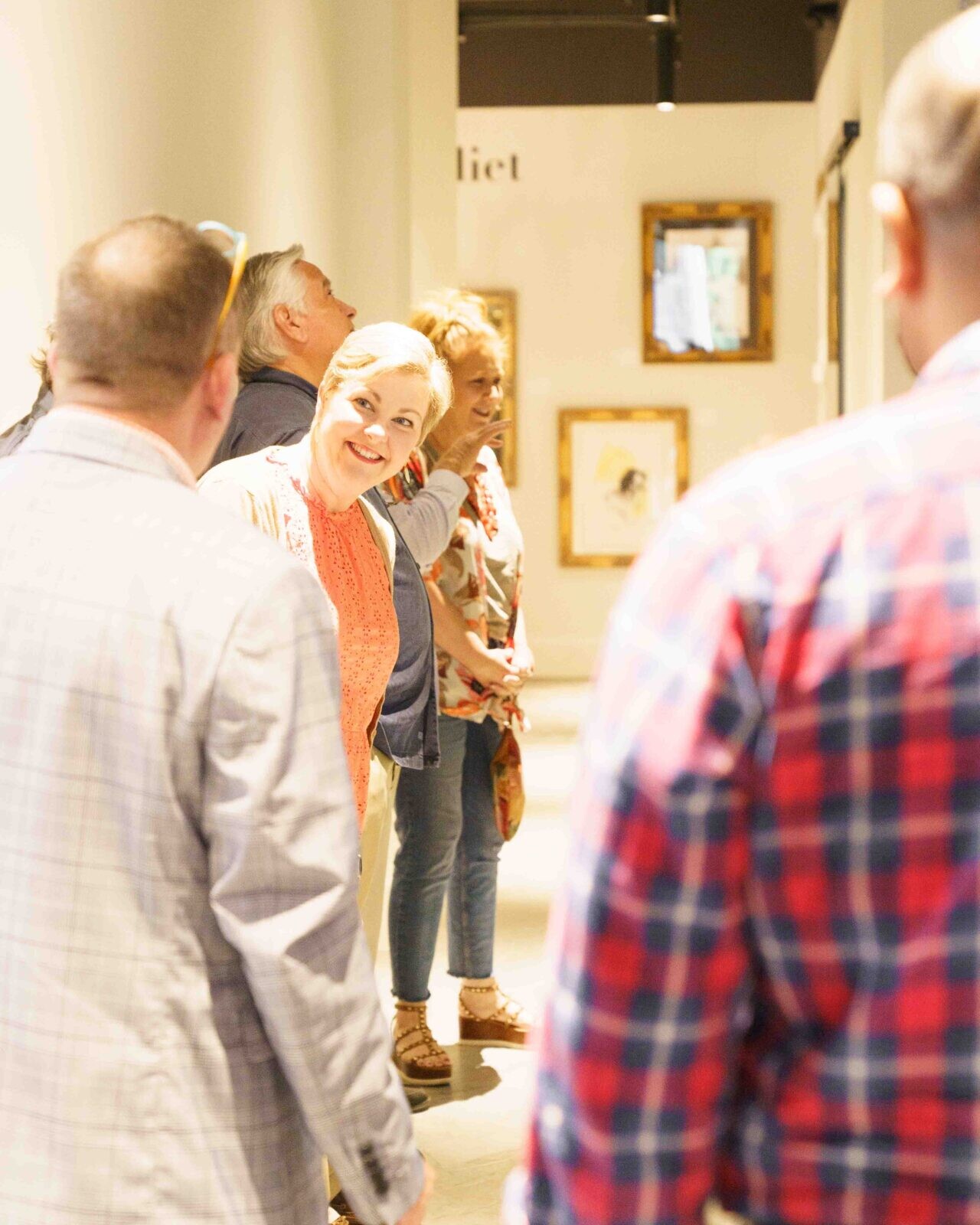
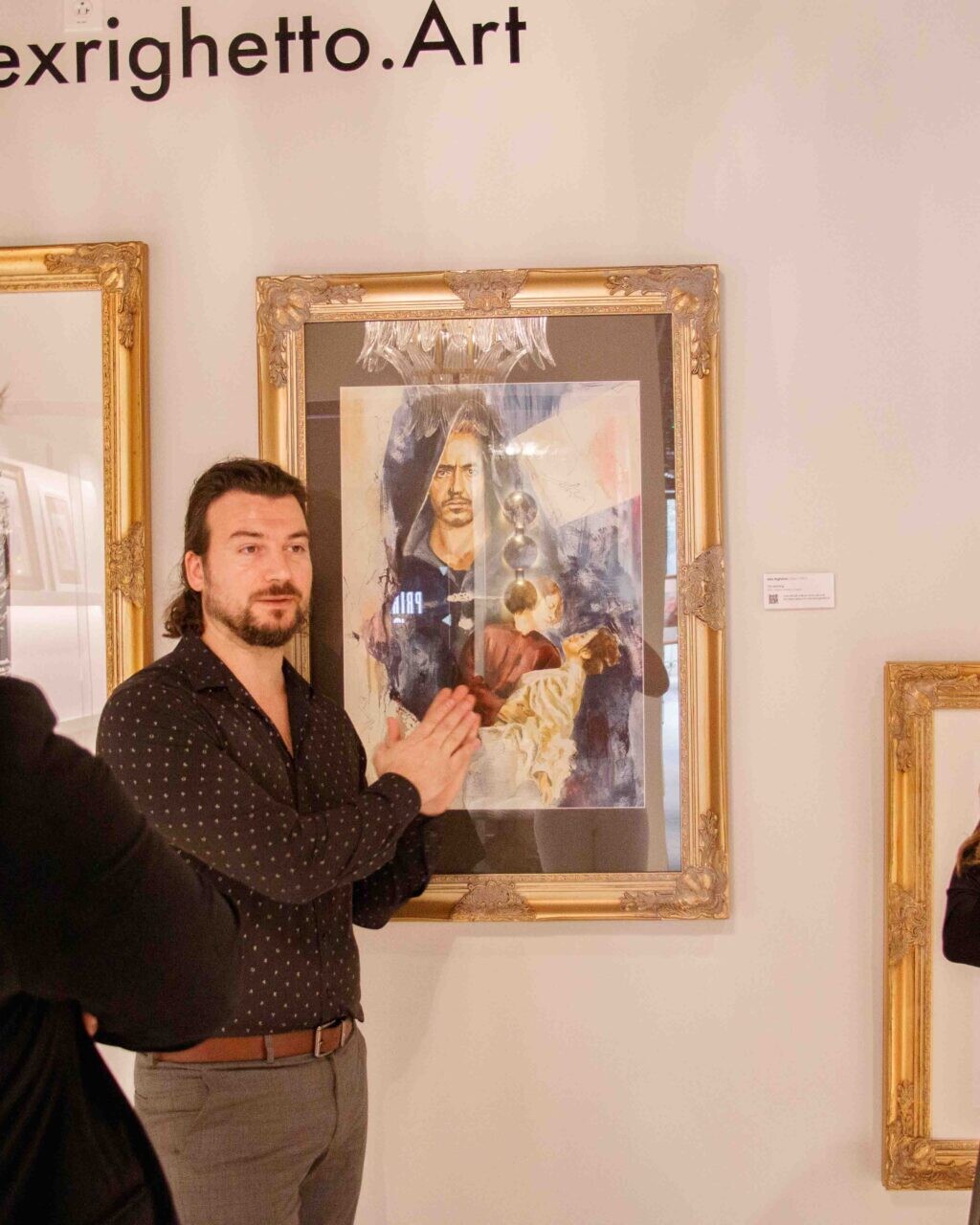
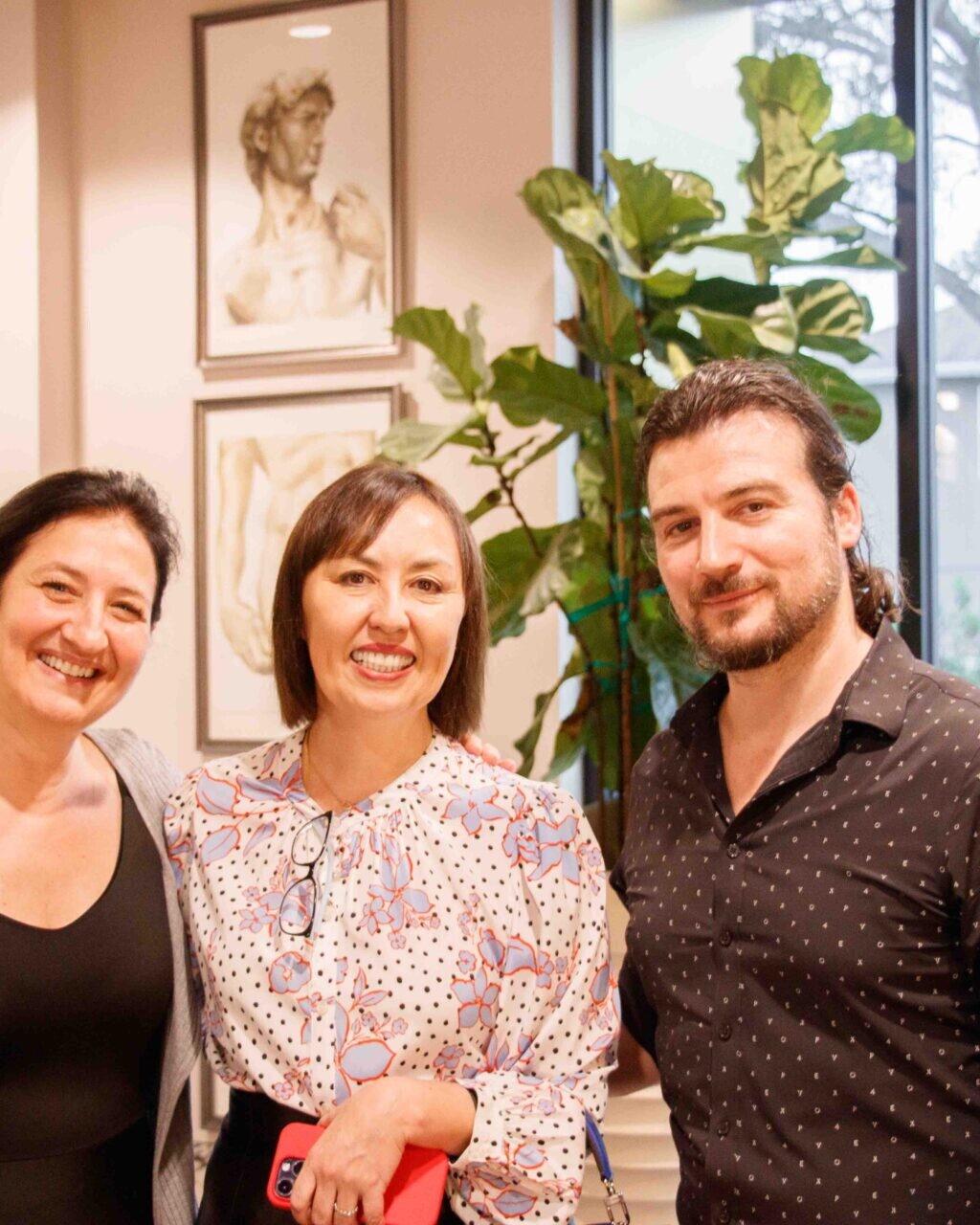
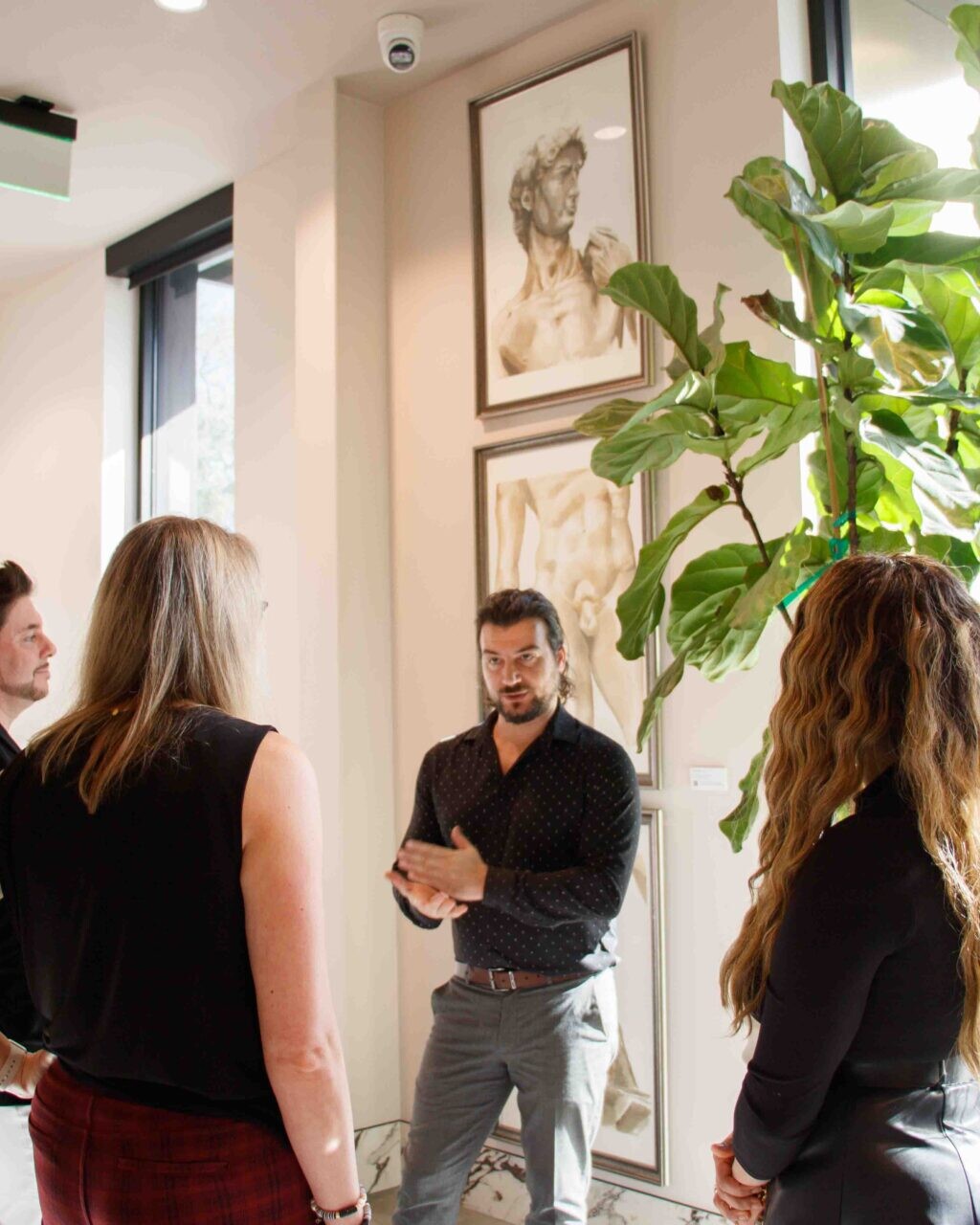

please share your thoughts here